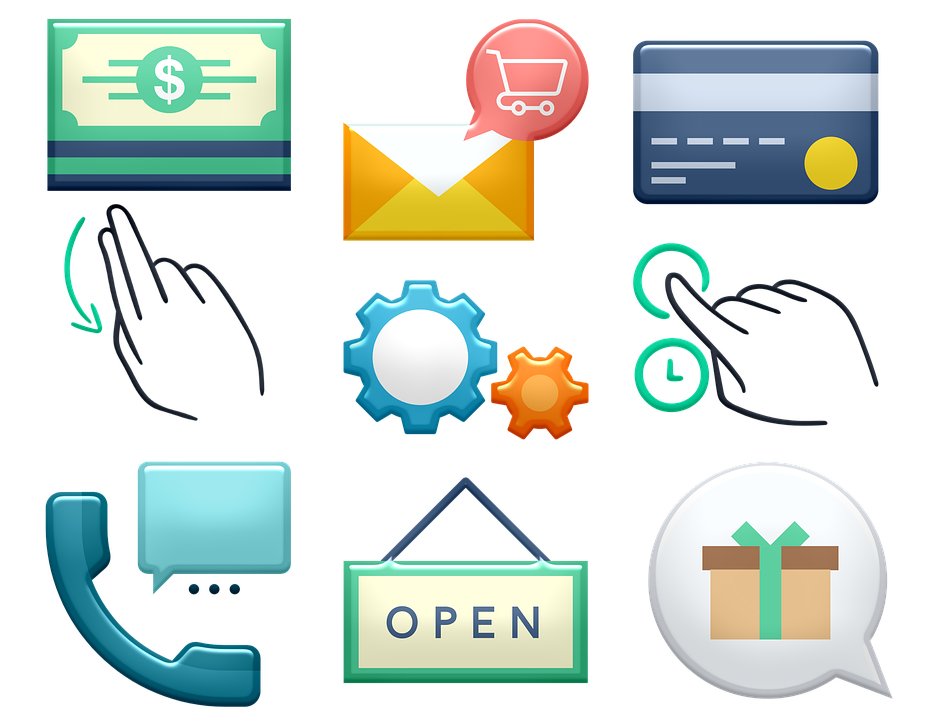
Customers are more demanding than ever before. They want to be able to choose the way they interact with a company and the products that they buy. They also want to get a customized experience when they interact with a company, which is why personalization and customization are so important. Personalization is all about giving customers the ability to create their own experience. For example, when you go on Amazon, you can choose what kind of recommendations you want to see based on your preferences or purchase history. This kind of interaction lets customers feel like they are in control of their own experience, which is exactly what they want.
Personalization is about tailoring an experience for an individual customer in order to make it more relevant for them. For example, if a customer buys something from your store and then later on, the color of that item is no longer in stock, you can reach out to them and offer a new product that’s similar. This kind of customization makes your company more relevant to the individual customer and keeps them coming back.
According to a survey by Epsilon, customers anticipate a personalized experience when interacting with a company. When businesses give a personalized experience, 80 percent of consumers are more inclined to make a purchase. Personalization enhances the customer experience, boosts sales, and strengthens customer loyalty.
Is Personalization a New Trend or an Essential Marketing Strategy?
Personalisation is seen as an essential marketing strategy in the future. It will be a key differentiator for brands and it will be crucial for customer experience. It is an important trend because it can make the customer feel special and valued. Personalisation also helps in building loyalty, increasing conversion rates, and improving brand awareness.
Moreover, it is a marketing technique that helps businesses to deliver a more personalized experience for their customers. It is one of the most effective ways to increase customer satisfaction and improve customer retention rates. The main goal of personalization is to provide a better experience for customers by tailoring their interactions with the company according to their needs, preferences, and past behavior. Personalization can be achieved through many different channels such as email marketing, online advertising, or in-person interactions.
How to Implement Personalized Marketing Campaigns That Work Every Time?
Personalized marketing is an essential part of any business’s marketing strategy. However, it is not always easy to get right. This article will discuss some of the best practices in personalized marketing, as well as success case studies in personalized marketing campaigns.
No Personalization Is Possible Without High-Quality Data
Consumers are extremely concerned about privacy and the loss of personal information. The survey indicates that 83% of consumers are more likely to give their data with a company that is open about how it will be used. People do not mind revealing their personal information in this age of data privacy, but only if they have decided to do so voluntarily and they are aware of how it will be used.
For a deeper understanding of each consumer, it is essential to have access to high-quality data. Nash stated, “It is essential to set the groundwork and follow the correct procedures. First, collect all data sources, including first-, second-, and third-party, unstructured, semi-structured, and structured, batch and streaming, and known and anonymous data. In addition, detailed transactional and behavioral data is crucial. In the end, you’ll want to know everything there is to know about each consumer while gathering their information in a courteous and ethical manner.
Best Practices in Personalized Marketing
The following are some of the best practices when it comes to personalized marketing. These practices have been found to be effective ways of getting the most out of your marketing strategy.
- Establish a Customer Data Base: The first step in personalized marketing is establishing a customer data base. This data base should contain information on your customers’ preferences and the information they would like to receive from you. This data base is important because it allows you to understand what your customers are looking for and what they need in order to be satisfied. A customer data base can also provide valuable insights into trends that might give a company an edge when it comes to marketing.
- Create Customized Marketing Messages : The success of personalized marketing depends on the quality of your customized marketing messages. If a customer data base is set up, it should be used to create customized marketing messages that are tailored to each customer’s interests and preferences. This will make sure that your customers receive the most relevant information from you without having to change the way they interact with you.
- Send Out Marketing Information: Once the personalized marketing messages have been created, information should be sent out in accordance with the customer data base. The message should be sent to each customer using a variety of methods, from email to social media. This will ensure that your customers get your promotional material and feel more connected to you as a company when they receive it.
- Encourage Inter action: The success of a personalized marketing strategy depends on the amount of interaction that the customer has with you. It is important that customers feel like they can reach out to you and ask questions whenever they are involved in a conversation with your company. This will help them understand your products and services better so that they can make more educated decisions about their purchases.
Takeaway
The user-centric design process is a critical part of the design process and should be considered from the beginning of any project. Personas, scenarios, and prompts are all important tools for designing a user-centric strategy.
No Comments